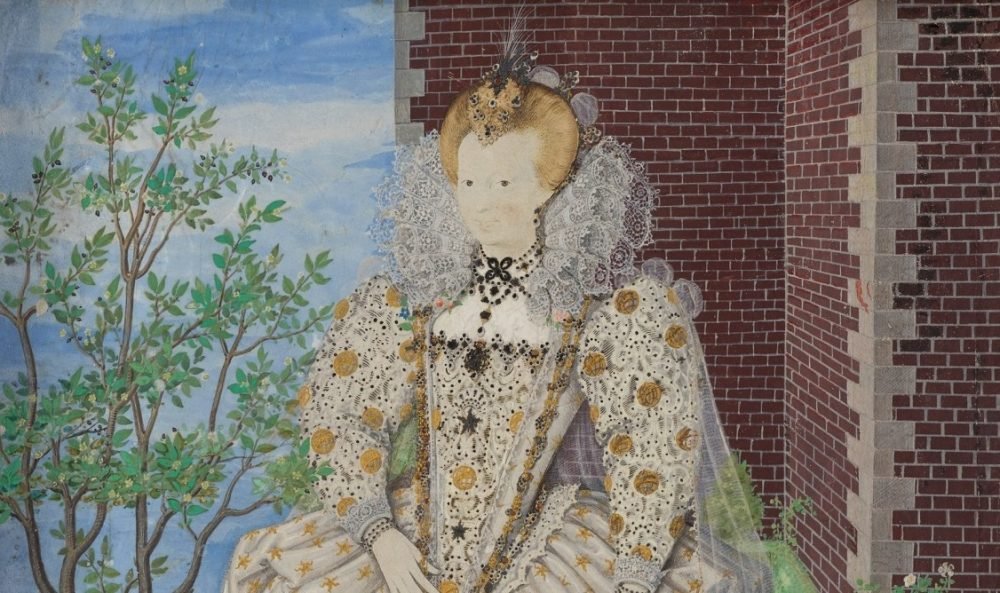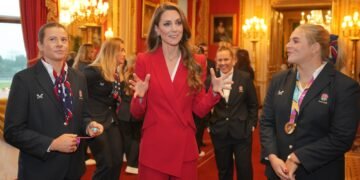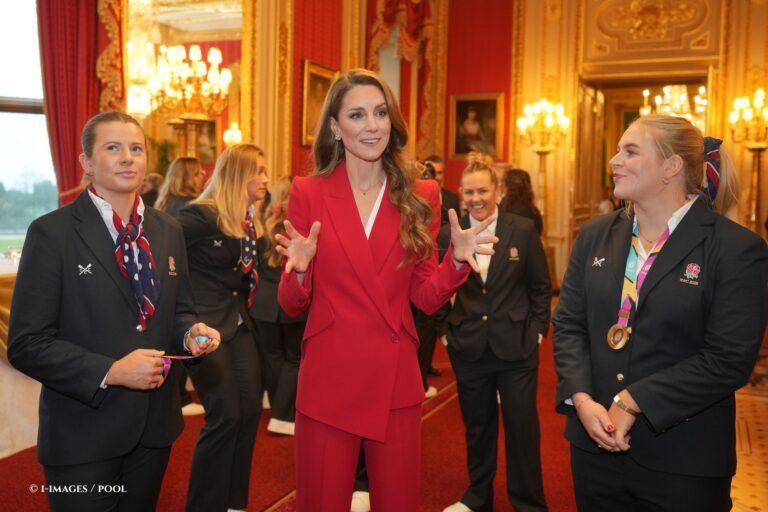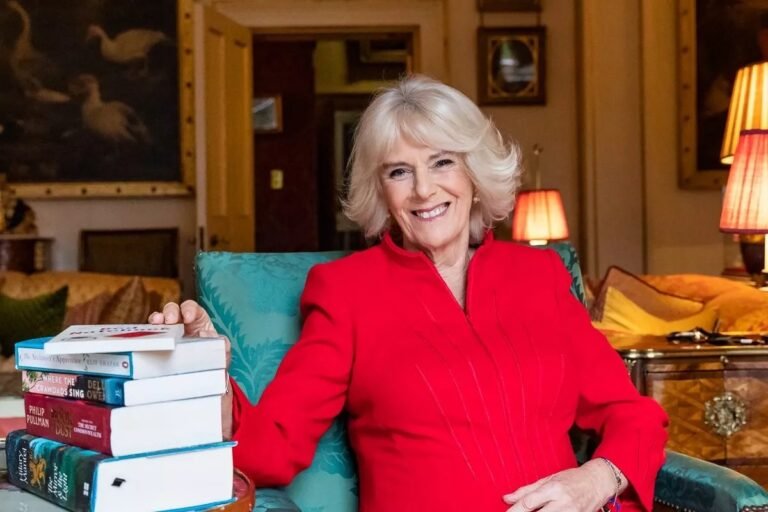Art historians have uncovered a new portrait of Elizabeth I’s cousin and potential heir, Arbella Stuart – the Queen England never had.
Dating to 1592, the painting was made by talented miniaturist, Nicholas Hilliard, known for his delicate but lifelike portable images. This piece is larger than many of his works, as a cabinet miniature measuring 21.1cm (8.3in) by 17.6cm (6.9in) and was found in a private collection.

Hilliard depicted the 16-year-old aristocrat wearing fine court dress in a garden at Greenwich Palace, and the piece was intended to woo a key Catholic Spaniard into a marriage alliance with Protestant England.
You might notice the visual resemblance of Arbella here to portraits of Elizabeth I, a deliberate choice to ‘cast her in the mould of Elizabeth I’, shared art historians Elizabeth Goldring and Emma Rutherford, who made the discovery and brought the puzzle pieces of its story together.
Born in 1575, Lady Arbella Stuart – also Arabella – was the niece of Mary, Queen of Scots, via her second marriage to Henry, Lord Darnley, and the great-granddaughter of Margaret Beaufort, Henry VII’s mother and Henry VIII’s grandmother. As Elizabeth I grew older without children, thoughts turned to her successor; of good royal stock, Arabella was viewed as a potential heir.

She had been raised by grandmother Bess of Hardwick, after her parents died by the time she was 6, and probably tutored by Christopher Marlowe. Bess was a politically astute woman, with funds to rival the Queen’s.
Dr Goldring, author of Nicholas Hilliard: Life of an Artist, said: ‘This is a discovery which not only enriches our understanding of Hilliard’s life and work, but which also sheds new light on the intersection of art, politics and religion at the late Elizabethan court.’
Lady Arbella made her first appearance at court, in 1587 when she was summoned by Elizabeth I to further negotiations for a marriage with Rainuccio Farnese, heir to the Dukedom of Parma.
The political tale of intrigue however, begins with the portrait’s purpose. It was intended to facilitate a marriage between Farnese and the young aristocrat – or at least to make Spain think an alliance between the Duke (Philip II’s governor-general in the Spanish Netherlands) and England was on the cards.
Marriage at the time was a diplomatic weapon, and this particular match part of policy of Elizabeth’s court to split ‘Parma from Spain and Spain from the Netherlands, to the benefit of Protestant England’. Even the hint of an alliance of this kind ‘throw Philip II off balance’, researchers shared.
Another thought is that the marriage might have been suggested in order to to defuse tensions with Spain over the recent execution of Catholic Mary, Queen of Scots.
The Times reports that Hilliard was paid £400 for his miniature, while apprentice Rowland Lockey was commissioned to make a copy for much less. This copy, the research team believe, was sent to Parma instead of the original because the Hilliard is still in ‘excellent condition, with remarkably vivid colours’ and little sign of wear and tear from travelling such a journey.

In 1610, Lady Arbella defied King James I to marry her choice of husband, William Seymour. He was sixth-in-line to the throne as the grandson of Lady Katherine Grey (a younger sister of the nine-day-Queen Lady Jane Grey) and a granddaughter of Mary Tudor, younger sister of Henry VIII.
Perceived as part of a possible scheme to take the crown, Seymour was imprisoned and Lady Arbella placed under house arrest.
After a failed attempt to escape England, Lady Arbella was imprisoned in the Tower of London, where she died five years later, in 1615, following a hunger strike. She was 39.

Dr Goldring said: ‘Hilliard’s cabinet miniature of Arbella enriches our understanding not just of his artistic output, but also of the complex political landscape and visual culture of late Elizabethan England.’
Rutherford added: ‘Arbella’s life was steeped in intrigue and political strategy. Hilliard’s portrayal of Arbella captures her regal stature and potential as a future queen, offering a glimpse into the world of Elizabethan court politics.’







